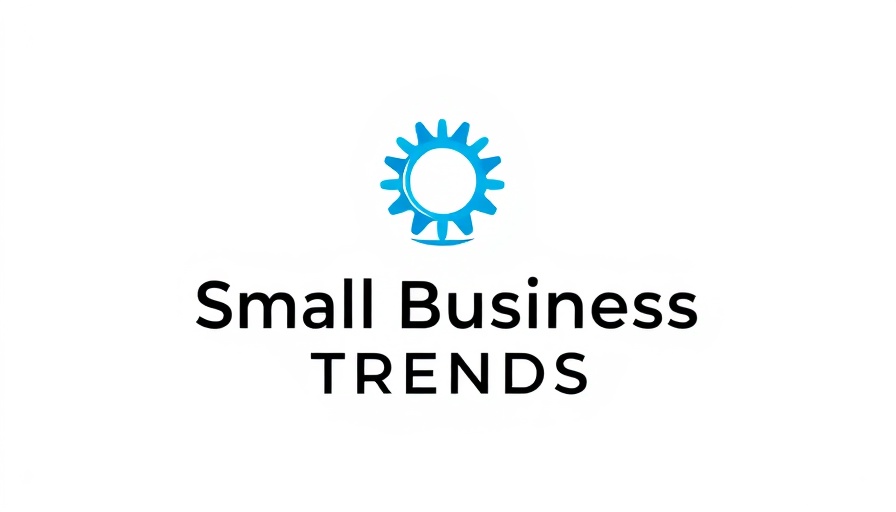
New Offers Tailored for Small Business Owners
In 2025, American Express is prioritizing the needs of small business owners by launching new limited-time offers for its Business Platinum Card. As business travel is poised for a rebound, these new deals are designed to empower small businesses with valuable rewards and incentives. Eligible new members can earn a significant bonus of up to $500 in statement credits by meeting spending thresholds on airfare, emphasizing the importance of travel in driving business success.
Understanding the Offers: A Need-to-Know Guide
For those considering signup, the offers are straightforward but require careful planning. New Business Platinum Card Members can earn a $500 statement credit after spending $2,500 on qualifying airfare booked directly with airlines or through American Express Travel. Additionally, by spending $20,000 within the first three months, cardholders could accumulate a massive 150,000 Membership Rewards points. This is not only an attractive proposition for new customers but also illustrates American Express's commitment to supporting the growth of small businesses.
Why Travel Matters More Than Ever
This emphasis on travel reflects what American Express has found through consumer research. A recent survey revealed that 91% of small business owners believe that business travel will play a vital role in their company’s overall health in 2025. As companies regain their footing post-pandemic, connections made in-person can lead to new business opportunities and partnerships, making every dollar spent on travel more worthwhile.
Existing Card Members Benefit Too
Importantly, American Express isn't just focused on attracting new customers; they have also made provisions for existing Business Platinum Card Members. By simply enrolling through Amex Offers, these cardholders can earn a one-time $250 statement credit after meeting the same $2,500 airfare purchase threshold. This dual approach not only fosters a sense of loyalty but also ensures that current members feel valued as they adapt to the evolving business landscape.
Connecting Travel Rewards to Business Growth
With the benefits associated with the Business Platinum Card, such as access to a premium global lounge network and elevated rewards on travel bookings, the card allows businesses to manage expenses effectively while still enjoying the perks of travel. The ability to earn 5X points on flights booked via AmexTravel.com is particularly enticing, serving as an additional incentive for companies producing significant travel costs.
Looking Ahead: What This Means for Small Businesses
As businesses gear up for the returning travel season, the offers from American Express present an opportunity to leverage travel in a way that enhances both business strategies and operational growth. Organizations can start planning their travel budgets with a view toward the rewards they can earn, thus combining fiscal responsibility with the need for in-person connections.
Take Action and Leverage These Offers
With these exciting new offers on the table, small business owners should seize the opportunity to maximize their travel spending. Consider the benefits of signing up for the Business Platinum Card or engaging with existing rewards offers. In doing this, businesses can ensure that as they navigate the landscapes of 2025, they're doing so with the best financial backing available.
 Add Row
Add Row  Add
Add 

 Add Row
Add Row  Add
Add 



Write A Comment